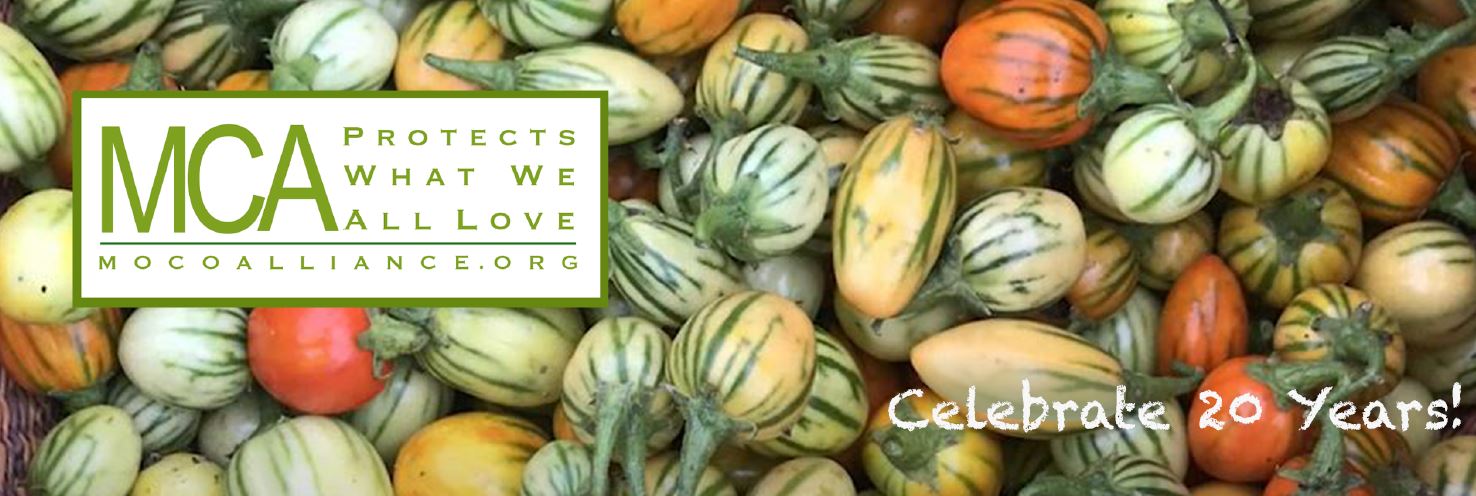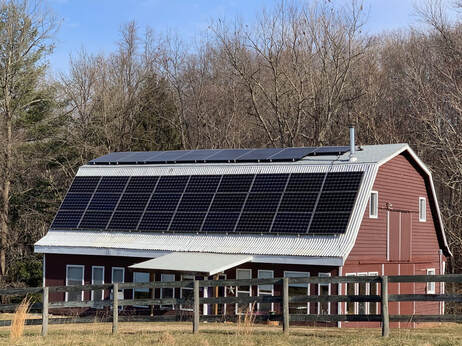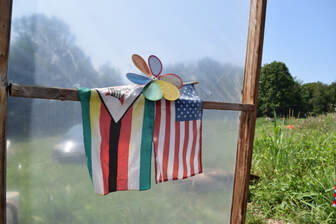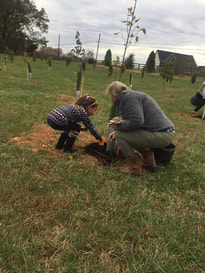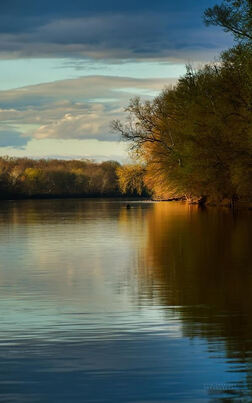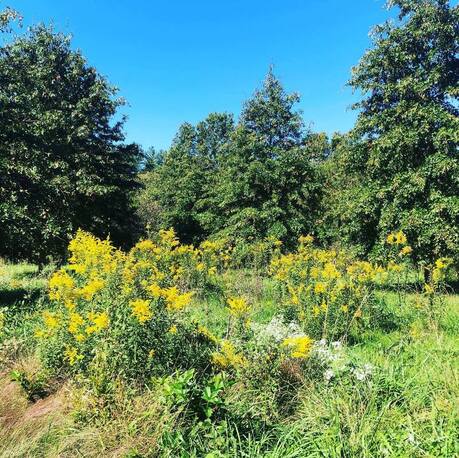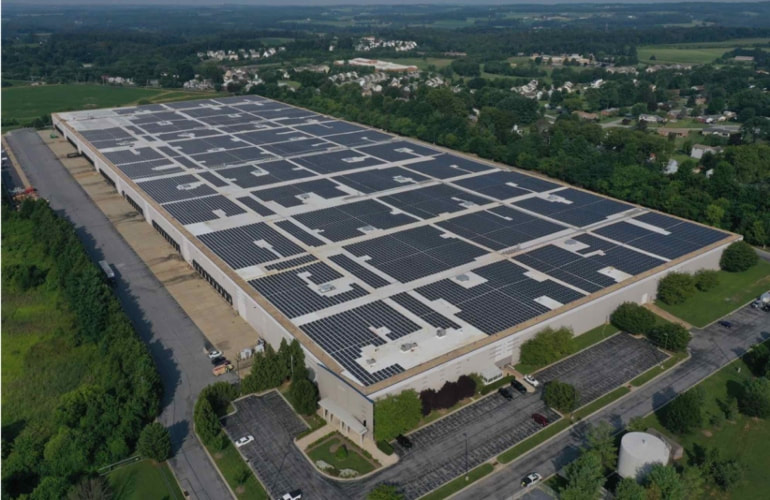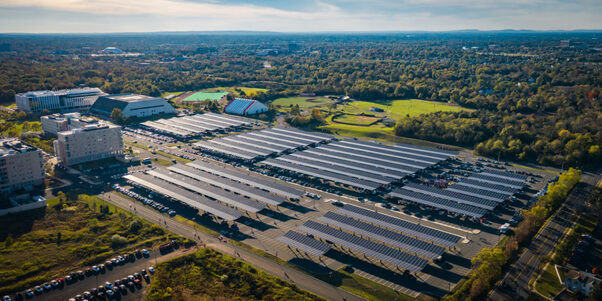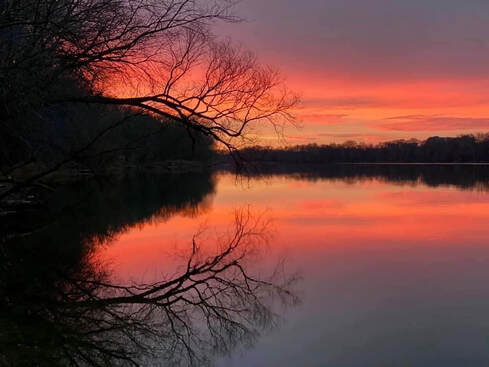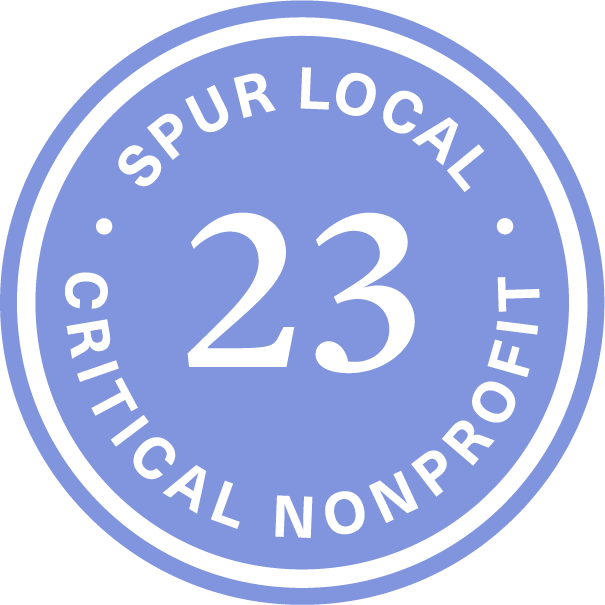We would be honored by your end of year tax-deductible gift.
- Large scale solar can now be sited responsibly in the Reserve- while protecting farmland, forests and watersheds. MCA is going further to connect residents with resources to install solar. (Our Next Solar webinar is 1/24 - Join us!)
- Land Link Montgomery, MCAs program linking new farmers to local landowners has made 20 farmer matches. What's missing from that figure is the stories, sights and sounds of these partnerships. Bethesda Beat shared profiles of a few different farms and a primer on the program for interested landowners and farmers. Maryland Farm and Harvest captured the infectious joy of Dodo Farms. MoCo Cable caught the meeting of minds that sparked Beauty Blooms Farm.
|
- It was another different year for the Ride for the Reserve Bike Tour but cyclists enjoyed the routes of their choice and all the Reserve's rustic roads had to offer. Follow along on the 40 mile route with some of our riders in this video.
|

